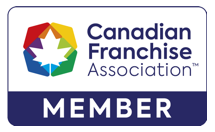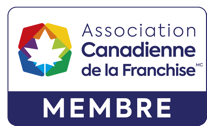There are usually two ways a health practitioner can start a practice: begin from scratch or buy a practice from someone else.
If you plan to buy a practice from a current practitioner, some of the key considerations to take into account include:
- Who are the patients – will they stay on with you? Are they the types of patients you wish to attract?
- What are you actually buying – assets of a practice including patient lists and equipment or shares of a professional corporation?
- What is the purchase price? How will the purchase price be allocated? Will there be any positive or negative tax consequences?
- Will there be a deposit and if so, how much and in what circumstances will it be returned?
- Will the practitioner who you are buying from stay on afterwards to assist with the transition of the practice (and if so, what are some of the significant terms of that arrangement)?
- Will there be non-competition and non-solicitation provisions applicable to the vendor? If so, you must keep in mind a patient’s right to choose his or her practitioner.
- What will happen with the employees before and / or after you purchase the practice?
- Is there a building owned by the vendor? Will you be purchasing it as well?
- Is there an existing lease and if so, will a new lease be entered into or will the existing lease be assigned?
- Is the deal conditional on your financing and/or your due diligence and/or the response from the Landlord?
- Which regulatory bodies will you have to notify? Is prior approval required?
- Are the record retentions procedures in compliance with your regulatory obligations?
- Is there sufficient insurance in place to cover any claims brought against the departing practitioner?
There are generally 7 steps to purchasing a practice:
- Negotiation of the key terms and signing a Letter of Intent;
- Purchaser completion of Due Diligence including practice observation, document review and searches;
- Preparing and finalizing Agreement of Purchase and Sale;
- Dealing with Employees;
- Assigning the Lease or entering into a new Lease with the Landlord;
- Closing the deal and signing all of the paperwork; and,
- Completing and resolving any Post Closing matters.
Each step is important and must be taken carefully in order to protect your business and legal interests.

 2 St Clair Ave West
2 St Clair Ave West


